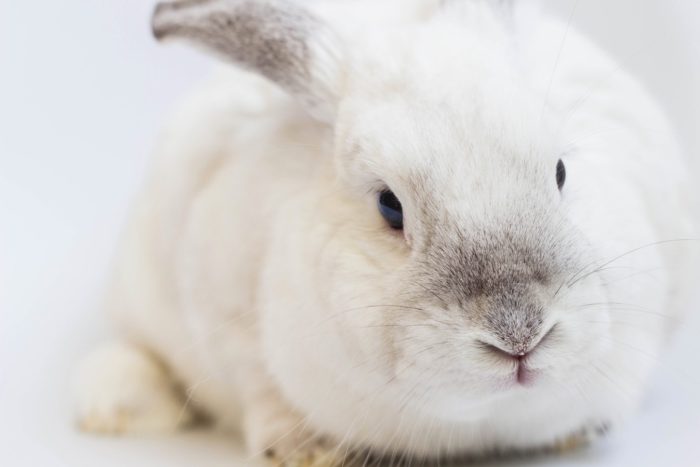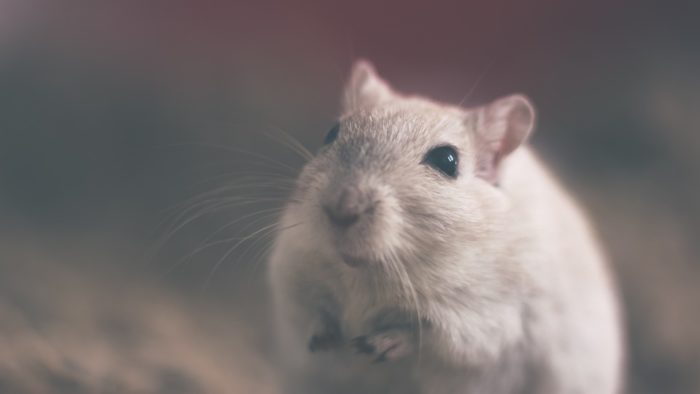From major companies like Michael Kors, Gucci, and Burberry announcing their commitment to going fur-free to more people opting for a plant-based diet (vegan sales have skyrocketed to $3.3 billion!) it’s clearly evident that the public’s awareness of animal rights issues has grown a considerable amount over the past few years.
Even lawmakers have realized the pervasiveness of animal cruelty and have begun passing more animal-friendly legislation. Just this past week alone, the House passed the Dog and Cat Meat Trade Prohibition Act (which would ban the consumption of dog and cat meat in the United States—yes, it’s still legal in 44 states!) and the Los Angeles City Council unanimously voted in favor of drafting an ordinance that would ban the manufacture and sale of fur products in the city. The California State Assembly also just passed the Cruelty-Free Cosmetics Act—a bill that would prohibit the sale of cosmetics products in California that have been tested on animals.

Sadly, millions of animals are still used—and subsequently killed—each year in order to test the safety of ingredients in products like household cleaners, cosmetics, shampoos, pesticides, and food additives.
What’s even more absurd is the fact that there are perfectly sound alternatives that can be used in lieu of animal testing. For example, skin care companies like SheaMoisture have opted to test their products on humans, while other companies have chosen to test on lab-grown human cells or tissue models—a practice known as “in-vitro” testing. But, there is another plausible method of testing products that excludes the use of animals, requiring the use of computers instead: artificial intelligence.
In a report published in the journal Toxicological Sciences, lead designer Thomas Hartung, MD, a professor at John Hopkins Bloomberg School of Public Health, revealed the new AI computer system outperformed tests used on animals to predict the toxicity of various substances, achieving 87 percent accuracy compared to the 81 percent accuracy results in similar tests performed on animals.
Hartung and his team of scientists ( used the toxicity-prediction model, known as Read-Across Structure Activity Relationship (or “Rasar” for short), to analyze 800,000 test results of 10,000 different chemicals, which automatically predicted a substance’s toxicity levels as opposed to animal-based tests which can take years to conclude.
The AI system is currently being tested by the Food and Drug Administration (FDA) and the Environmental Protection Agency (EPA) to assess its effectiveness at evaluating the toxicity of various chemicals.

The Takeaway
Today’s technological advances are affording researchers with new and improved (and ethical!) methods for testing whether or not a substance is safe for human contact or consumption. While the world is taking steps to remedy the issue of animal testing, more still needs to be done to phase out animal testing’s cruel and outdated practices altogether. In the meantime, vote with your dollar and purchase products that are certified cruelty-free.

What are your favorite cruelty-free brands?
Also by Audrey: Serena Williams’ Clothing Line Is All About Women’s Empowerment (And It’s Vegan!)
Related: Watch Out For These 6 Creepy Animal Ingredients In Your Fav Products
3 Rules To Curating Your Ideal Eco-Friendly Makeup Bag
Get more like this—Subscribe to our daily inspirational newsletter for exclusive content!
